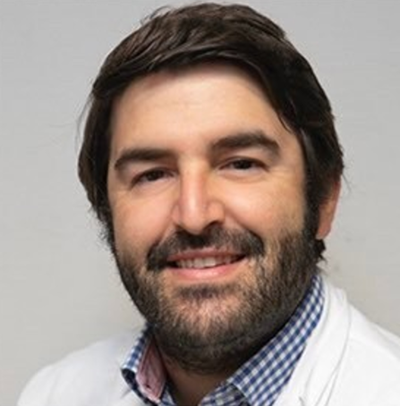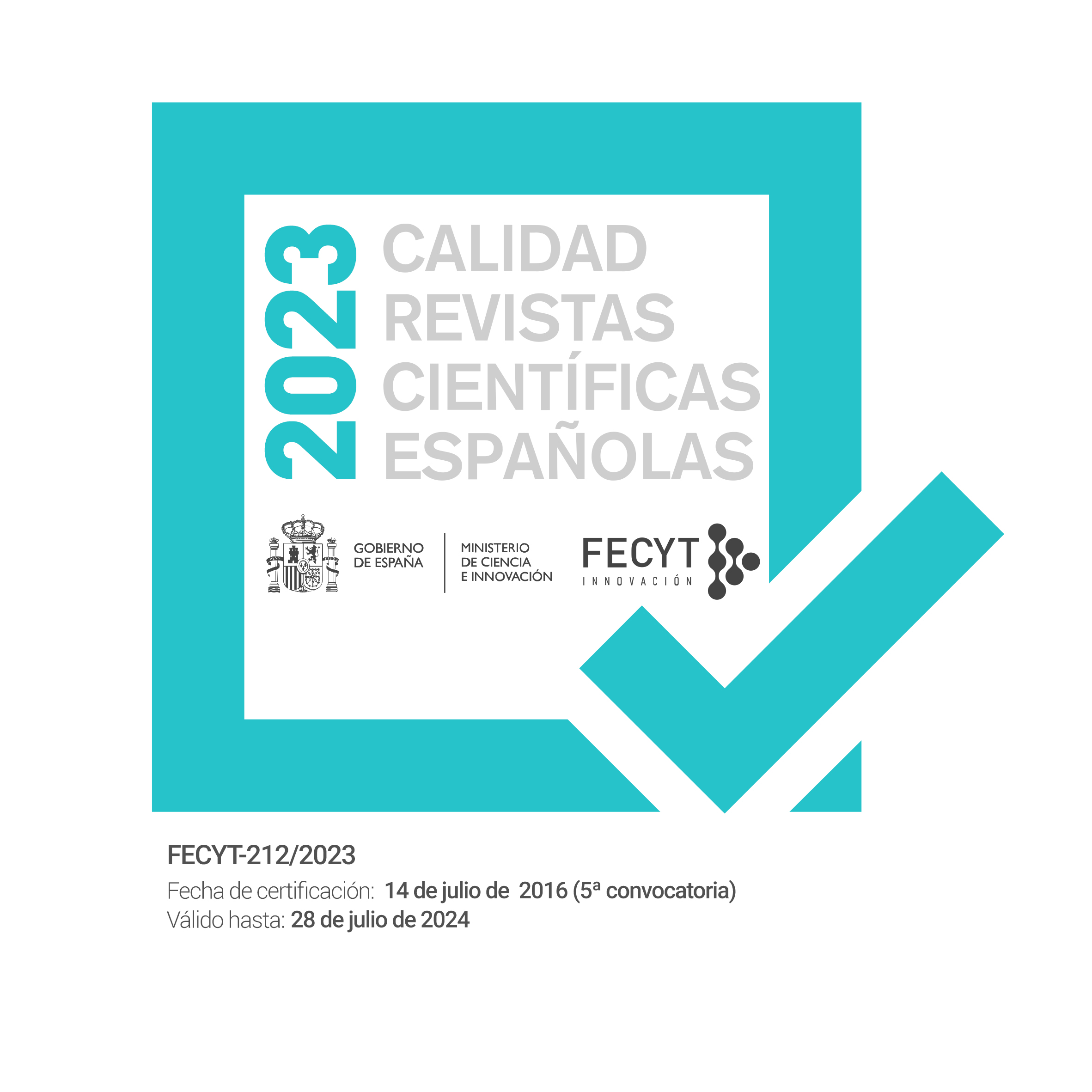Este trabajo pretende ser una actualización de la carcinogénesis y vías de desarrollo tumoral implicadas en la génesis deesta neoplasia. El carcinoma de células renales (CCR) se origina del epitelio renal y representa más del 90% de todas lasneoplasias malignas de este órgano. Aproximadamente el 2% de los CCR se asocian con síndromes hereditarios, oncogenesespecíficos o alteraciones de genes supresores tumorales. Todos los casos hereditarios presentan alteraciones del genVHL. Este gen (que se localiza en el brazo corto del cromosoma 3:3p25-26), está también implicado en más del 60% de loscasos esporádicos. En este trabajo desarrollamos de forma sistemática los últimos avances sobre las implicaciones del genVHL en la angiogénesis y su posible relación con las nuevas moléculas implicadas en el tratamiento del CCR.
This article is intended to provide an update on the carcinogenesis and tumor development pathways involved in thegenesis of this tumor. Renal cell carcinoma (RCC) arises in renal epithelium and accounts for more than 90% of allmalignant kidney tumors. Approximately 2% of RCCs are associated to hereditary syndromes, specific oncogenes, orchanges in tumor suppressor genes. Changes in the VHL gene exist in all hereditary cases. This gene (located in the shortarm of chromosome 3:3p25-26) is also involved in more than 60% of sporadic cases. This paper systematically addressesthe latest findings on implications of the VHL gene in angiogenesis and its potential relationship to new molecules involvedin management of RCC.









